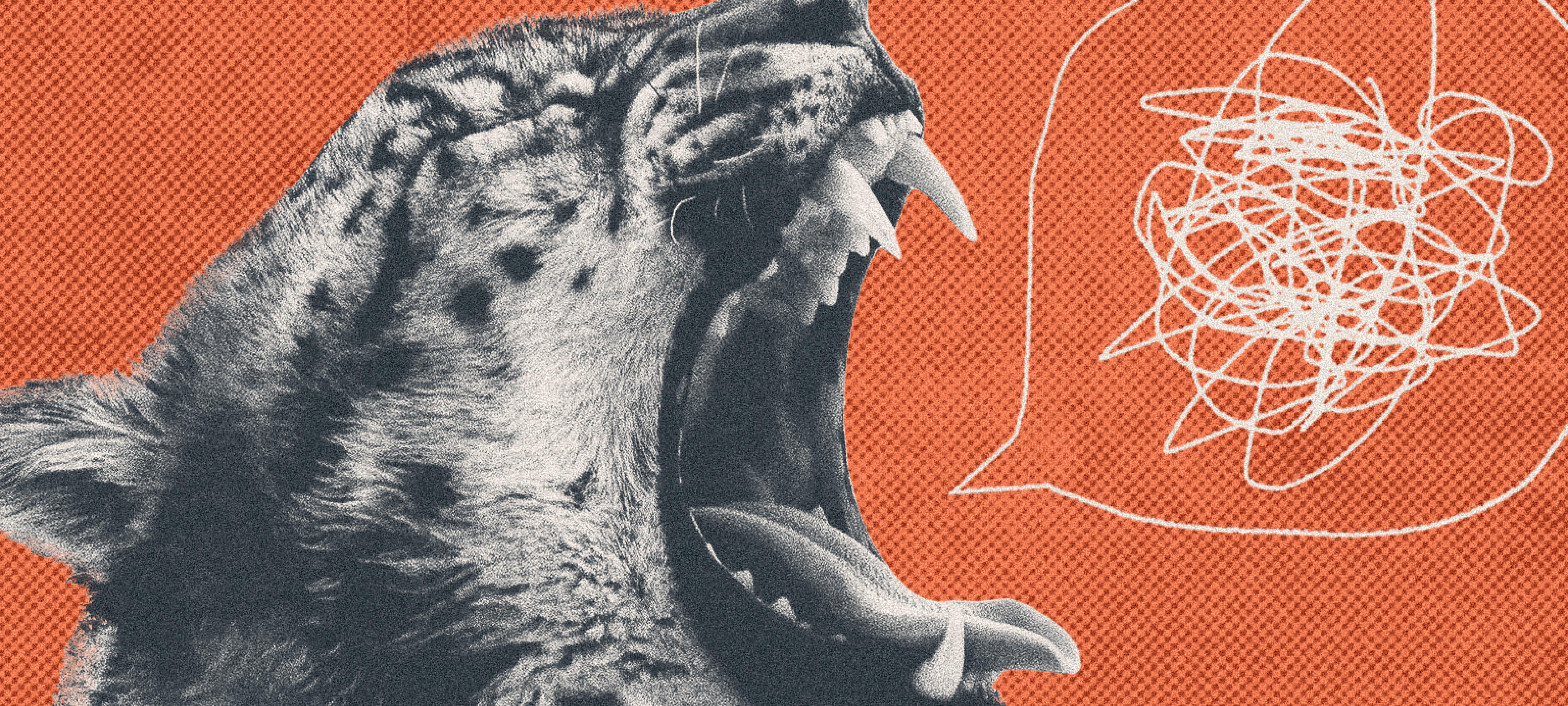We've seen a design trend over the past decade to use miminalism as a style. Take the company name and set it in a contemporary sans-serif typeface. Add a vibrant color palette, maybe even one that’s bright and jarring. Cap it off with some highly art-directed studio photography. It’s clean and modern, so it will be recognizable and ownable, right? All it's doing is creating visual static.
Digitally native brands like Away, Clare, and Curology and tech brands like Uber, Stripe, and Spotify are all using this minimalism as a visual tool. As a graphic designer, the clean aesthetic is appealing (I’ll admit to buying Harry’s shave gel for the packaging design). All these companies are, for a variety of reasons, trying to appear modern and sophisticated. For some, maybe it’s about accommodating the identity on small screens and app icons. For others, maybe their audience equates “minimal” with “premium.” Or maybe they’re simply trying to capitalize on trends instead of building a long-lasting brand.
One of the first brand redesigns to use this minimal formula was the 2015 redesign of Logitech, a computer peripheral company. At the time, the company’s core brand strategy was shifting. They were repositioning themselves as a design-led company. Their brand identity had to reflect it. And so, san-serif logo, bold color palette, and highly art-directed images. But here’s the thing. They weren’t following trends. They understood who they were and where they were going. And they executed their brand identity to reflect that.
Here’s the problem. These new brands are creating their own version of noise by trying to not be noisy. (Just look at the home pages for the companies above, cover their logos, and try tell them apart). Individually, the minimalist approach absolutely makes them look legitimate and polished. But by following the same playbook, they all start to look the same. And if they all look the same, who’s standing out?
These brands confused minimalism and simplicity.
What’s the difference between being simple and being minimal? Minimalism is a trend. Simplicity is a philosophy. Having a simple brand identity means knowing who you are, where you’re going, and how that vision is expressed in everything from your logo to your website to the way you answer the phone. Minimal is simple, but simple isn’t necessarily minimal. And simple definitely doesn’t mean boring. Take Dropbox’s recent re-brand. It’s simple, but certainly not boring. Or take a brand like Aesop. They have a strong core philosophy that leads them to a certain visual language. This is how it should be.
When you follow trends, you’re always on the back foot. When you know who you are, you can be confident. Customers, clients, and stakeholders notice this confidence.
One final example of simplicity done right: new first aid brand Welly. It’s simple without being minimal and has a smart, clear brand voice (Bravery Bandages!). This combination of knowing their position, their audience, and putting a stake in the ground visually and verbally sets them apart. Next time my daughter needs a bandage, I know what I’m reaching for.
